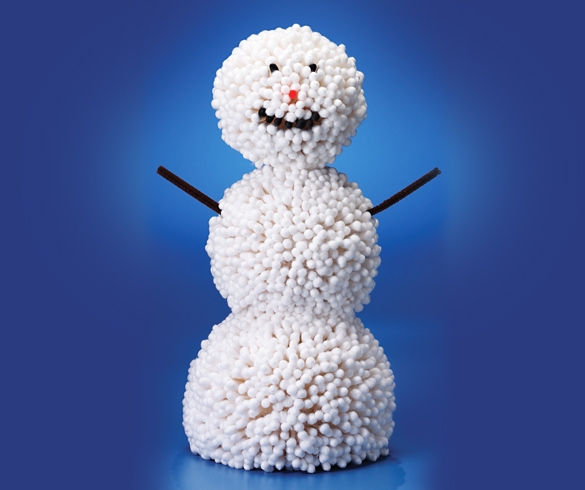
It may feel futile to launch your weight-loss efforts when you feel strong genetic forces are conspiring against you. Blaming genetics is a normal response, especially if you grew up in a household where most of your family members were overweight. But genes are just one factor that determines how you look — there is still a lot you can do to shape your genetic destiny.
WHAT SCIENCE SAYS ABOUT GENES AND YOUR JEAN SIZE
We’re not denying it — genes influence weight, size and shape. In twins, (individuals who share identical or very similar genes), the heritability of body mass index (BMI) is 40–70%. This holds true for twins who were raised in separate households. Because genes have a strong influence, scientists continue to study this link. The problem is only rare forms of obesity can be nailed to a single gene.
Common obesity is usually driven by many genes scientists can study using genome-wide association studies (GWAS). GWAS is an approach of rapidly scanning DNA from many different research participants to find patterns for a particular condition. Using this technology, researchers identified the fat mass and obesity-associated (FTO) gene, a variant that is pretty common and people who have it are 20–30 percent more likely to be obese. Since 2007, hundreds more genes linked to obesity have been identified but most have a small effect on body weight.
SHOULD YOU OPT FOR A DNA-BASED DIET?
Personalized nutrition is a movement of prescribing a diet that fits your genetic profile. Many companies including Habit, Nutrigenomix and Caligenix have cropped up to fulfill this promise, and while enticing, it’s not fully there yet. Again, this has to do with the number of genes involved. Traits like caffeine sensitivity or lactose intolerance are linked to one gene making it easy to identify and explain. Learning you’re a slow caffeine metabolizer is great because you can understand why just one cup of coffee makes your heart beat like a jackhammer.
As for which diet you need to follow for weight loss … that’s not so easy to hone in on. Just this year, a 12-month JAMA study found no difference in weight loss between participants on a low-carb versus a low-fat diet even when they were matched to these diets using their genotype. For now, the science is too young to prescribe a personalized, weight-loss diet based on individual genes.
3 WAYS TO SHAPE YOUR GENETIC DESTINY
You may be born with a certain set of genes, but even with a strong genetic predisposition to gain weight there’s still at least 30% of the picture that isn’t set in stone. Both lifestyle (Think: diet, exercise, sleep) and environment are important factors that determine your waistline. Instead of mourning your genetic destiny, use it as opportunity to make healthy changes not an excuse to do nothing.
Here are three ways you can shape your genetic destiny:
1
HAVE A GROWTH MINDSET
Researchers examined NHANES data from more than 8,800 individuals and found those who believed weight is uncontrollable exercised less often and had poorer eating habits. As a result, they ended up weighing more. Instead, work on having a growth mindset, which means you believe you can develop your talents, abilities and habits. This contrasts with a fixed mindset where you believe you’re born with these traits that you cannot improve. Having a growth mindset makes you more resilient to failures or setbacks and more open to implementing changes.
2
DOUBLE DOWN ON WHAT YOU CAN CHANGE
Focus on the lifestyle choices you know make a difference for bodyweight. The obvious ones are related to eating a healthier diet and exercising regularly, and the less obvious ones are getting enough sleep and managing stress levels. As you lose weight, make a mental note of what’s working and change what isn’t working. For example, if your weight loss plateaus with cardio, switch it up with strength training. Even if you don’t lose weight but manage to stay weight neutral, give yourself the credit! Preventing unwanted weight gain is just as difficult.
3
EXPAND YOUR DEFINITION OF BEAUTIFUL
Even if you give it your all, there are still aspects of body weight, shape and size that are squarely controlled by genes. You might not be able to change things like big hips from your grandma or plump arms from your aunt, but you can accept and even embrace the parts you’re born with.






